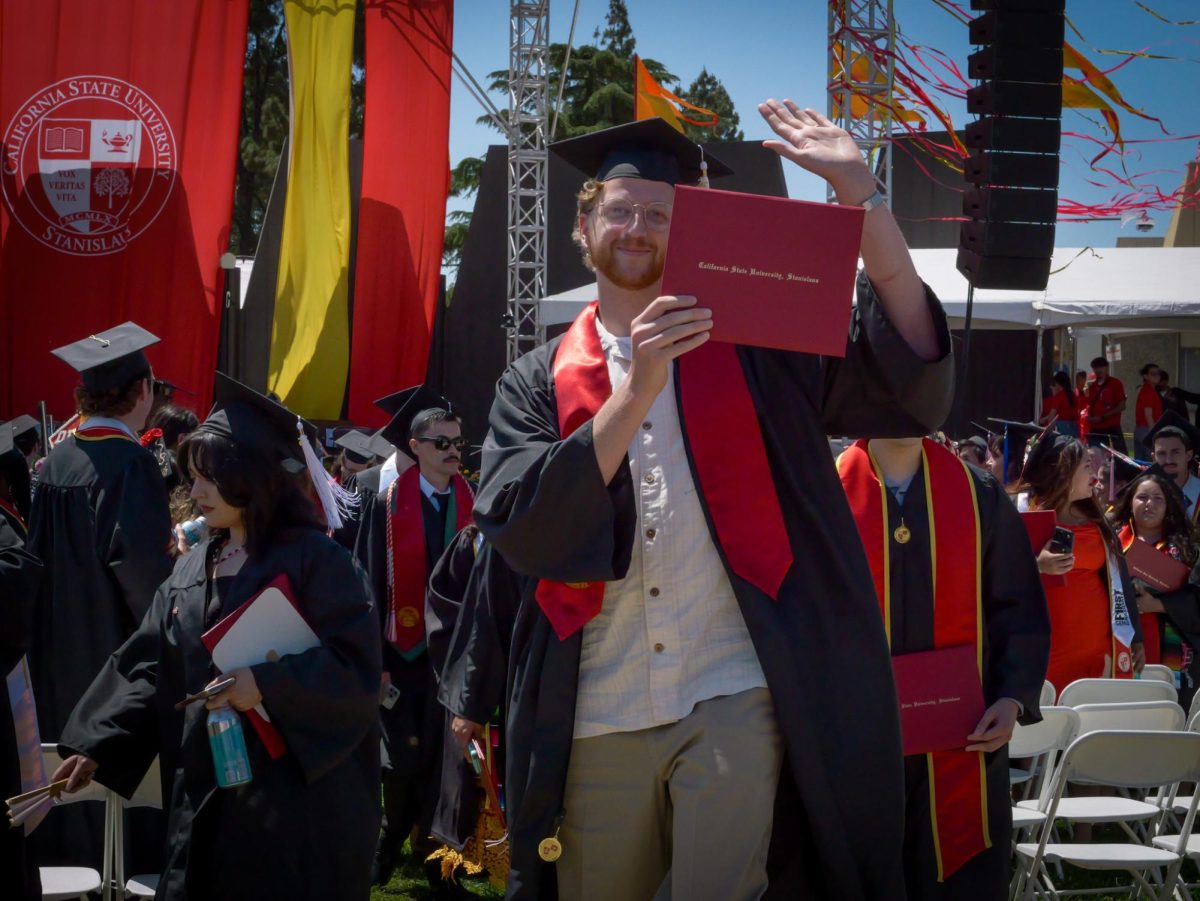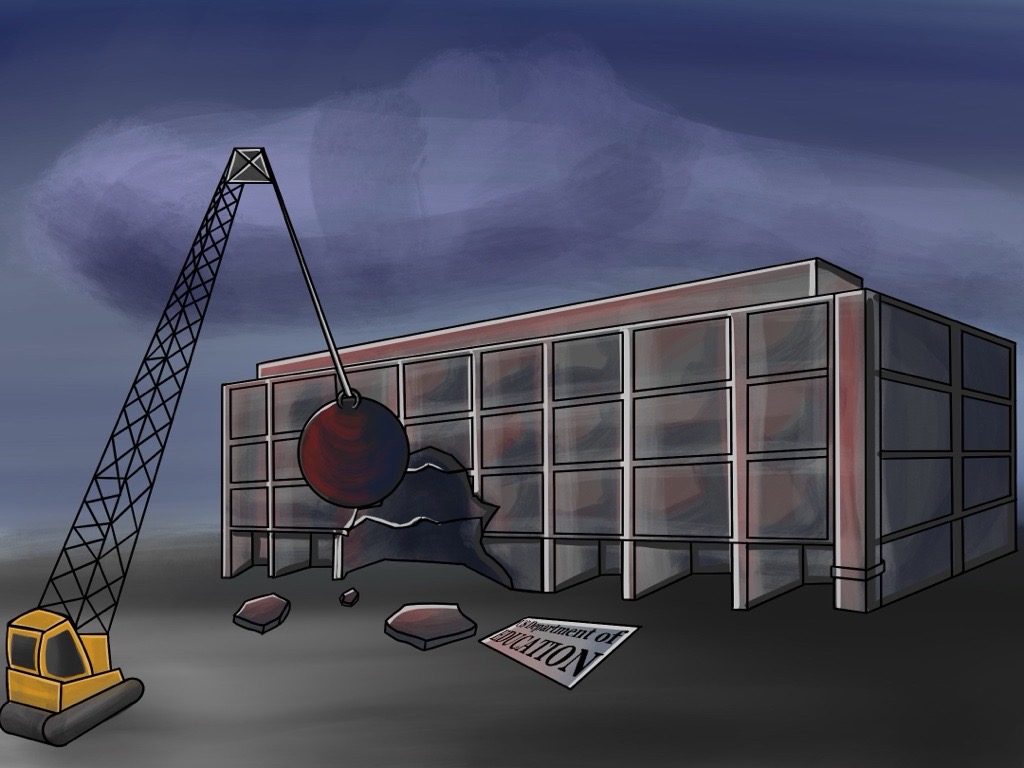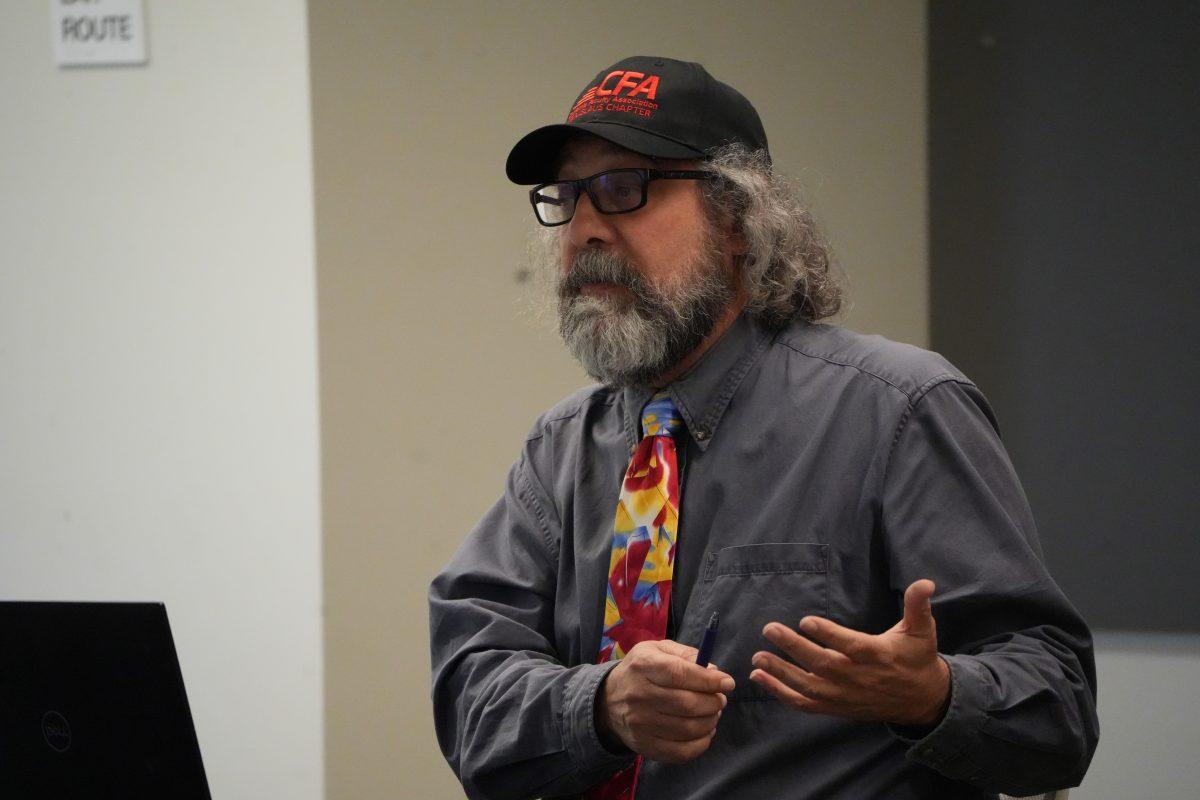Over the past 10 years the California State University (CSU) education cost has increased by nearly 50% for full-time students. The average CSU full-time undergraduate tuition reported in 2016-17 was $5,472 compared to $2,772 in the 2007-08 fiscal year. The sharpest increase is reflected within the five year period from 2007-12, during the Great Recession.
This increase was necessary due to the severe reduction in state funding and support given to the CSU system. Some students experienced this increase firsthand.
“When I was a student, I started college at the time of the Great Recession in 2008, my first semester tuition was about $1,700. I noticed a steady increase my 4 years at Stan State and by the time I graduated it was close to double from when I started,” said Brittany Bellmer (Stan State Alumnus, 2012).
Many students graduate from college not only with a diploma, but also with debt. According to Debt.org, “The average borrower in the college class of 2017 is expected to carry more than $38,000 in student loan debt, which may be accompanied by growing credit card debt, as well as an auto loan and maybe even a mortgage.”
The Federal Reserve Bank of New York said in Feb. 2017 that student loan debt rose for the 18th consecutive year and that borrowing for higher education has doubled in just eight years.
Some students recognize the high cost of an education and associate the expense with stress and discouragement.
“I consider higher education to be very overpriced. Although there are opportunities to save and certain universities charge less than others –overall, college tuition is too expensive for the average person. This can cause high levels of stress for a person and discourage them from pursuing higher education,” said Darcy Freitas (junior, Communication Studies). Statistically there is still financial benefit and payoff for those who earn a degree.
Students do not always know exactly where or how funding is distributed amongst their campus, which may be a concern to them.
“I think the fluctuation in tuition price may come from maintenance of the institution and expansion,” said Joel Ramirez (junior, Communication Studies).
Tuition is distributed to various departments to maintain a college campus, including staff salaries and benefits, investment in campus facilities, research, teaching and scholarships according to the “Campus Budget Book” available through financial services on the Stan State website. Funding from tuition is distributed to student organizations and clubs which promote student involvement for campus events. Just over 1,000 full-time and part-time faculty and staff serve a diverse student body of approximately 10,000 students. In March 2009, the Board of Trustees approved the new Campus Master Plan Revision and certified the final Environmental Impact Report which envisions the future growth of the campus to serve 12,000 full time enrolled students while maintaining the quality and character of the campus environment.
Categories:
Tuition Trends
by Contributing Writer Caleb Lemings
•
December 21, 2018
0
Donate to Signal
Your donation will support the student journalists of California State University, Stanislaus. Your contribution will allow us to purchase equipment and cover our annual website hosting costs.
More to Discover







